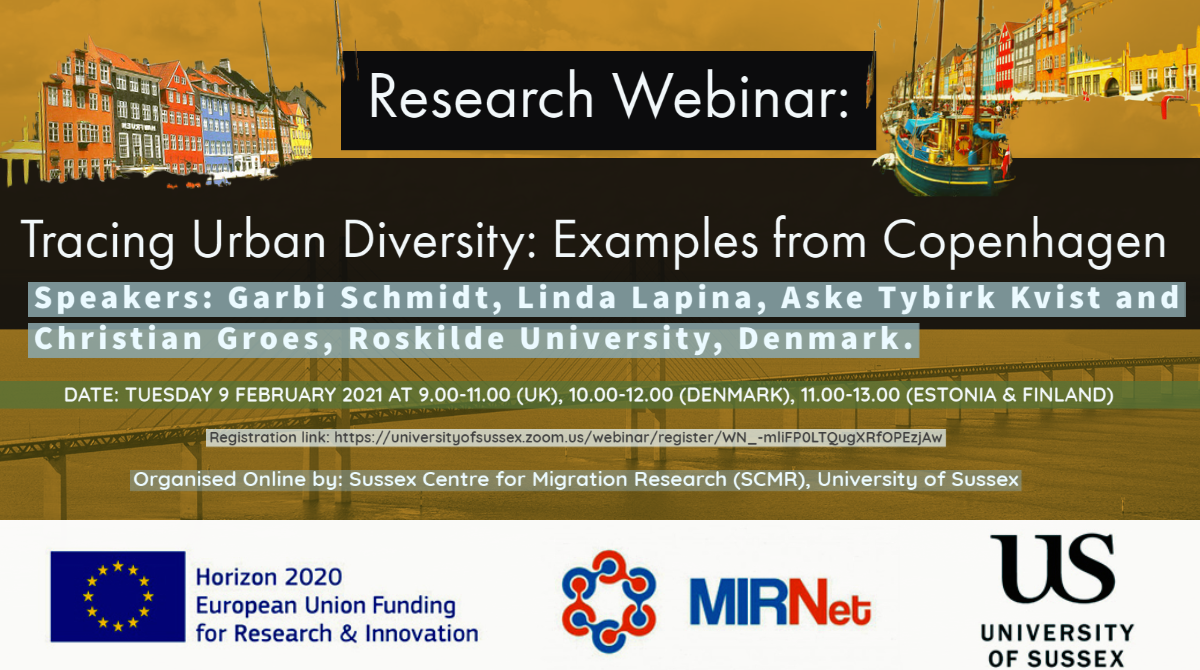Add to calendar
iCal calendarWe're glad to announce our next seminar of MIRNet project "Tracing Urban Diversity"!
Garbi Schmidt, Roskilde University
Over the last two decades, the concept of “the ghetto” has been used excessively in Danish public debate over the migration and integration of non-Western immigrants. This study, which is inspired by Foucault’s discussion of historical a priori, explores what can be learned from further historicizing this discussion and assesses whether the discussion is actually new, how it is new, and whether it has changed or not. Empirically, the presentation builds on simple searches of the word “ghetto” in all Danish newspapers and policy papers from 1850 to 2018. The presentation underlines how perspectives on “the ghetto” changed in the 1980s when immigrants became synonymous with Muslims in Danish public debates. In this political debate, the concept of the ghetto is linked to those of “the mosque” and “parallel societies.” The results are a new way of disciplining and excluding ethnic and religious minorities.
Diversity tourists? Affective encounters, whiteness and the making of urban diversity
Linda Lapina, Roskilde University
In this talk, I trace the figure of diversity tourist, based on fieldwork and interviews in Copenhagen’s gentrifying and diverse Nordvest district. I explore how white Danish-born residents, seeing themselves as contributing to gentrification of the area, position themselves as ‘tourists’ vis-à-vis racialized diversity. They perceive diverse Others as true locals whose presence stimulates and entertains, as well as facilitates self-development, increased awareness and inclusive pedagogy. Moreover, the local spaces and people of Nordvest represent a different or superior reality and promise an escape from white, gentrified Copenhagen. I collect these practices in the figure of the diversity tourist to show how a particular brand of Danish middle-class whiteness emerges through embracing diversity and reminiscing over one’s own privileges vis-à-vis racialized, less advantaged people and spaces. The study prompts us to reconsider who has the power to frame urban ‘diversity’, as well as the role of researcher gaze and positionality in diversity research.
